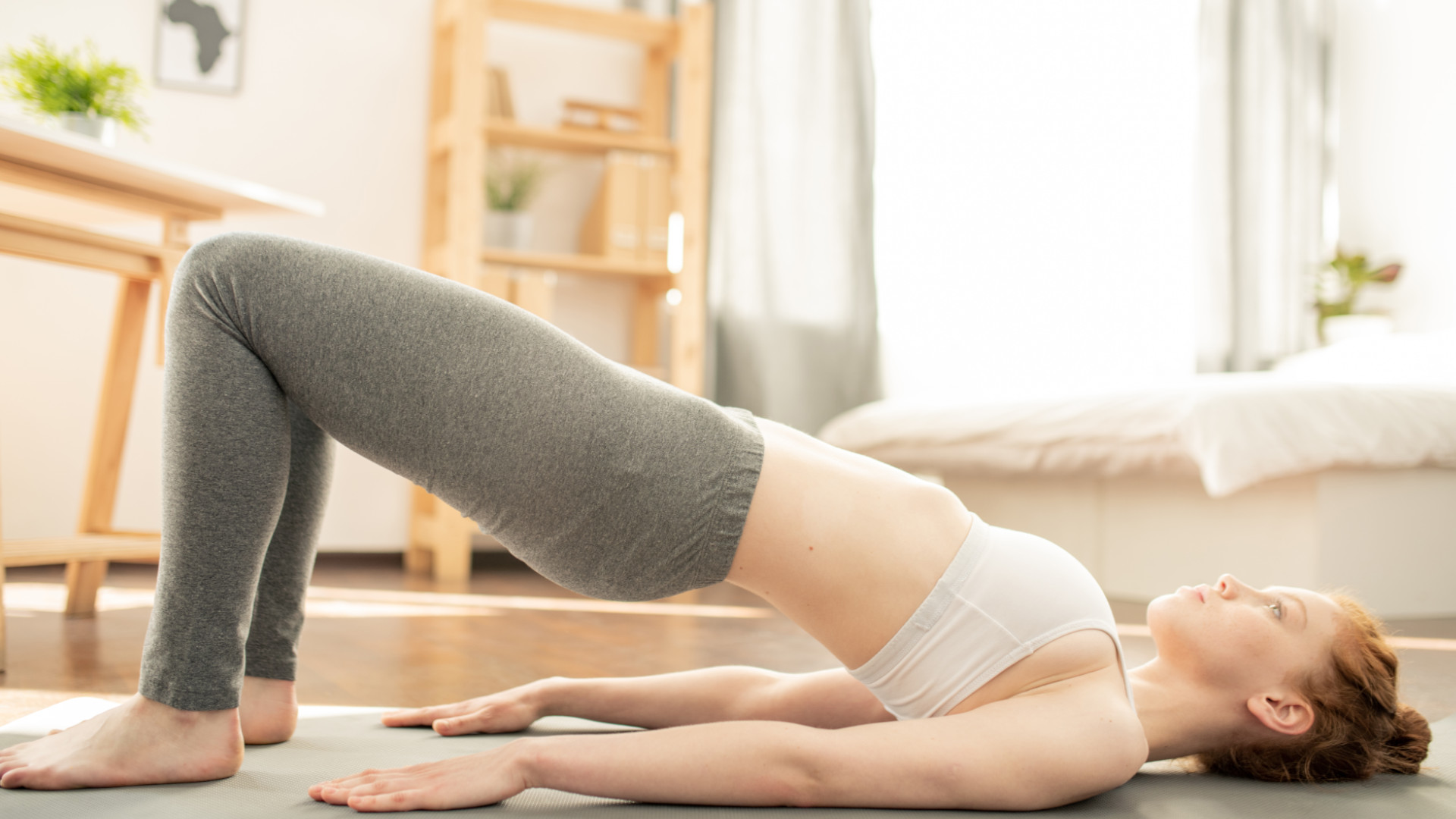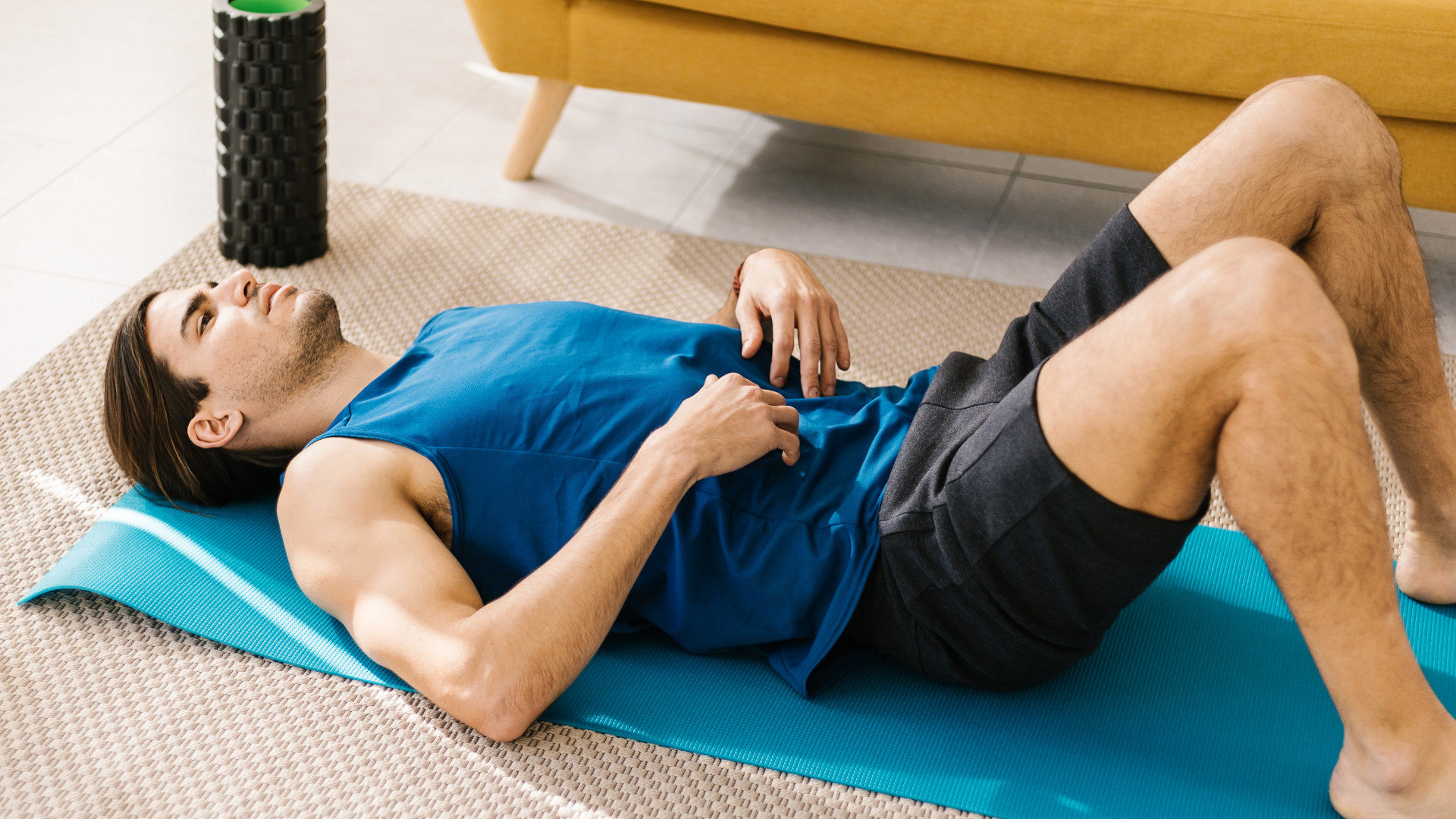
We’re often so focused on strengthening our muscles that are visible – the biceps, triceps, quads, calves etc – that support movement. But what about those muscles that you can’t see, the ones that support our organs? This is where kegel exercises come in.
Kegel exercises, also known as pelvic floor exercises, is where you contract and relax the muscles of your pelvic floor which helps to strengthen it. “They’re often associated with women, but they offer significant benefits for men as well,” says Dr Shirin Lakhani, a Women and Men’s Sexual Health Specialist. Here’s everything you need to know about them.
What are Kegel exercises?

“Kegel exercises involve laying or sitting in a comfortable position and then breathing in and then on the out-breath contract your pelvic floor muscles for 3-6 seconds whilst breathing out,” says Dr Lakhani.
Our pelvic floor is a group of muscles and tissues that support the bladder, bowel, and sexual function. But Dr Lakhani explains that it can get weaker over time, for both men and women, with age, and as a result of childbirth.
According to the Journal of Exercise Rehabilitation 'Pelvic Floor Muscle Exercise' (PFME) was popularised by Gynecologist Arnold Kegel. He suggested that it was a lack of awareness around the function and coordination of the pelvic floor muscles that caused stress urinary incontinence.
Benefit of Kegel exercises
For men
“A strong pelvic floor can help improve urinary control, which is particularly important for men who experience stress urinary incontinence or urge incontinence, often after prostate surgery,” explains Dr Lakhani.
She also adds it can have benefits in the bedroom, supporting a better erection and “potentially” more intense orgasms. “Strong pelvic floor muscles can contribute to improved blood flow to the genital area, helping in maintaining erections and prolonging sexual stamina.”
Men who suffer from pelvic pain from conditions like prostatitis or pelvic pain syndrome may also be able to alleviate discomfort by doing Kegel exercises.
For women
Women experience similar benefits, with Dr Lakhani adding many report an increased sensation and better orgasms due to the increased muscle control and blood flow in the pelvic region, as well as reduced stress urinary incontinence.
“It’s a common issue many women face post-pregnancy or with ageing that can affect your social life, cause anxiety, depression and stress due to the worry and embarrassment associated with the condition.”
Kegel exercises for women can also help with recovery after childbirth, as Dr Lakhani adds they help to restore muscle tone and with the healing of any perineal tears or episiotomies. "Also, maintaining strong pelvic muscles can help prevent pelvic organ prolapse, a condition where pelvic organs drop due to weakened support structures."
Then there's the contribution to improved overall core stability, which can also create better posture.
Finding your pelvic floor muscles

According to Dr Lakhani the easiest way to do this is by trying to try to stop or slow the flow of urine midstream. "The muscles you engage to do this are your pelvic floor muscles," she says. However, she also adds to only do this to identify the muscles, as regularly stopping urine mid-flow can lead to bladder issues.
“For women, another method is to insert a clean finger into the vagina and try to squeeze the muscles around it. You should feel a tightening and lifting sensation, and these are your pelvic floor muscles contracting. For men, while standing, try to contract the muscles that cause your testicles to rise slightly, as this action also engages the pelvic floor muscles. Men can also try to imagine stopping the passage of gas or tightening the muscles around the anus."
How often should you do Kegel exercises?
For the best results, Dr Lakhani says Kegel exercises for men and women should be done consistently, so try and fit it into your daily routine if possible.
“Aim for two to three sets a day with 10-15 repetitions per set," she says. "Hold each contraction for about 3-5 seconds, followed by an equal length of relaxation. Gradually increase the hold time to 10 seconds as your muscles become stronger.”,
Contract your pelvic muscles as you breathe out and relax them as you breathe in. Make sure you're lying, sitting or standing comfortably and are relaxed. Also, don't worry if you struggle at first, it can be difficult to isolate the pelvic floor muscles without the muscles of the abdominals or buttocks getting involved too. However, if you continue to find it difficult, don't be afraid to reach out to your GP or healthcare provider.
Alternatively, women can also use a pelvic floor trainer. “This a small contraption often connected to an app on your phone, which is inserted into the vagina and helps you to ensure you are doing the exercises correctly," explains Dr Lakhani.







